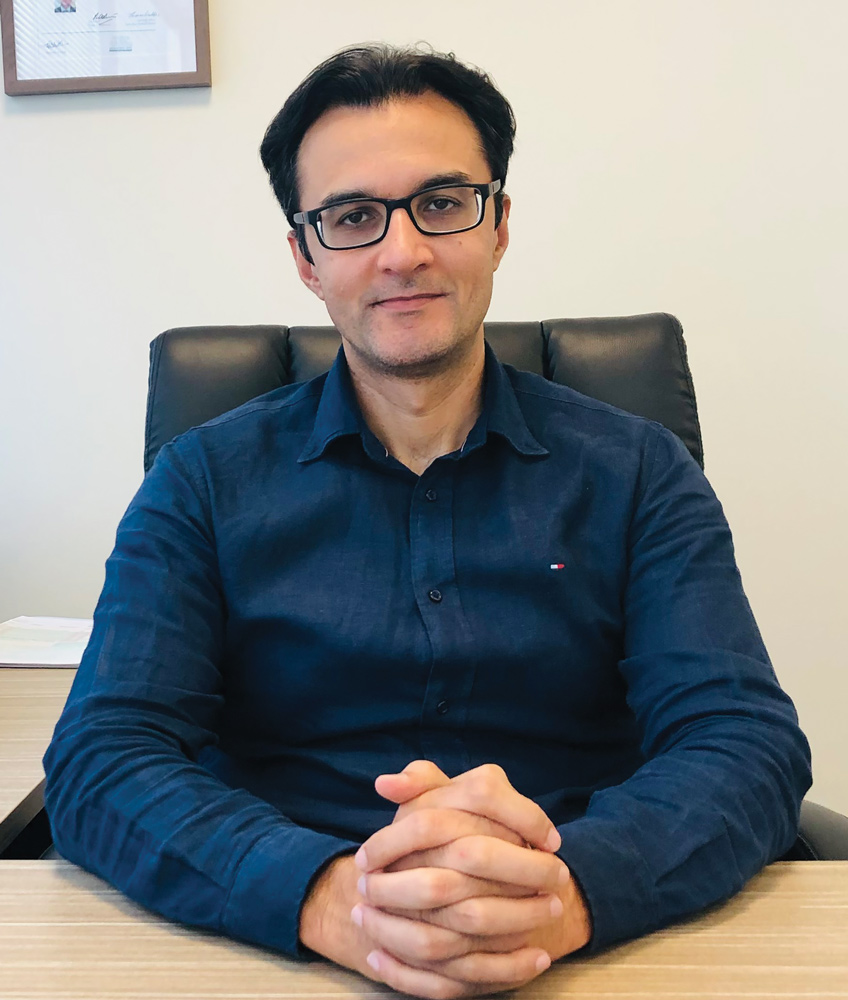Male hypogonadism is diagnosed by specific symptoms of androgen deficiency and low testosterone levels.

Hypogonadism that is caused by structural, destructive, or congenital pathological process of hypothalamic pituitary testicular axis is known as organic hypogonadism. In contrast, functional hypogonadism presents in middle-aged men (defined as aged above 50) with obesity and co-morbidities, low testosterone with normal gonadotrophins without intrinsic pathology of HPT axis. Patients with organic causes will need testosterone replacement almost always whereas a more holistic approach is required to manage patients with functional hypogonadism.
In males with functional hypogonadism, levels of testosterone are modestly reduced and usually fluctuate around the normal range. In large observational studies, males with confounding co-morbidities may not confirm androgen deficiency as per stringent criteria, although they may have low testosterone levels. Functional hypogonadism does not warrant TRT as there is evidence that weight loss and lifestyle measures have a reversible effect on it.
In a large US-based observational study, after 15 years of follow-up, over 50% males remitted because either their symptoms resolved, or testosterone normalised. In European male ageing study, prevalence of functional hypogonadism was 13-fold increased with obesity and nine-fold in males with co-morbidities. It was a rare finding in males who were lean and healthy.
It leads to another discussion whether low T level leads to obesity and poor health resulting in poor outcomes. Low testosterone may be maladaptive, neutral or even a beneficial state but it’s hard to say without any clinical trials.
In observational studies, obesity, and co-morbidities such as diabetes, obstructive sleep apnoea and chronic use of opioids was associated with reduced testosterone levels with normal luteinising hormone levels. Incident of chronic disease such as diabetes or 4-5kg/m2 increase in BMI is associated with decline in testosterone comparable to 10 years of ageing.
Lifestyle medicine
Targeted approach to address lifestyle changes and chronic disease management other than testosterone replacement in functional hypogonadism has shown improvements in the testosterone levels and general health of the individuals.
Weight loss can also improve erectile dysfunction. In a meta-analysis of four RCTs, weight loss was associated with clinically meaningful increase in the international index of erectile dysfunction score. However, this increase was less than the PDE5 inhibitors. Bariatric surgery has reported similar results. In a two-year follow-up of 64 males who underwent gastric bypass and with 30% weight loss improved testosterone by a 10.8 nmol/L.
Functional hypogonadism is more common in middle-aged men who are not physically active and engaging in physical activity leads to weigh loss associated increase in testosterone levels and overall improvement in the cardio metabolic health and co-morbidities.
Diabetes and OSA are the two most common diseases associated with functional hypogonadism. HbA1c level is inversely proportional to the testosterone levels. Improvements in HbA1c has been shown to increase the testosterone levels. Continuous positive airway is associated with improvements in erectile dysfunction and quality of life, but studies have not shown improvements in testosterone levels with CPAP therapy. More studies are needed long term to see any effect on the testosterone levels with CPAP.
Testosterone and functional hypogonadism
Above measures are advocated in the management of functional hypogonadism. However, in certain patients these measures are not practically achievable such as cessation of methadone or putting morbidly obese patients on exercise programs. In a selected group of patients where contraindications have been excluded, concomitant testosterone therapy with lifestyle measures may be trialed with clear goals and close follow-up. Symptoms should improve in three to six months of commencement on TRT and should be ceased if no clinically meaningful improvement is seen.
In a majority of patients with functional hypogonadism, general measures to improve lifestyle, overall health and targeted management of the chronic disease should be the mainstay of management. However, in a selected group of patients concomitant testosterone therapy may be trialed. Therapies other than testosterone and above measures should not be used due to lack of clinical evidence.
Key messages
- Men with symptoms consistent with androgen deficiency and low T levels should be thoroughly investigated for organic causes. Do not assume their presentation is due to age and co-morbidities
- Lifestyle measures and weight loss should be the first management in treating functional hypogonadism
- In selected patients, TRT may be concomitantly started with lifestyle measures where management of co-morbidities or cessation of offending medications may be difficult.
Author competing interests – nil

